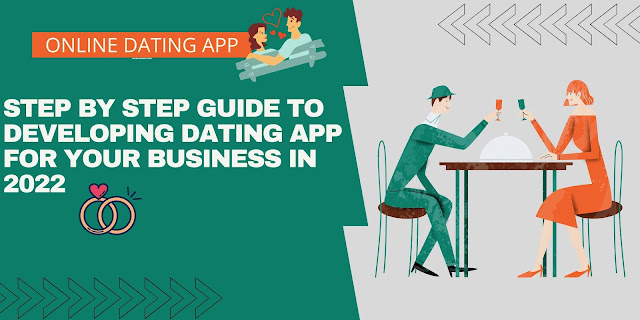Ultimate Guide to Building a Pickup And delivery App
Because of the COVID-19 outbreak, Jeff Bezos and Mark Zuckerberg's combined fortunes climbed by $60 billion in the first quarter of 2020.
The well-established delivery sector accounts for the majority of Amazon's growth. This expansion was aided by their web and app courier services.
At the same time, millions of small businesses are seeing the value of developing on-demand courier service apps. Improved services, simpler operations, and increased revenue can all result from a relatively minimal investment in a pickup and delivery app.
If you are one of these smaller businesses, this article will provide you with the necessary information on how to create a pickup and delivery app.
Here's what you'll discover:
The concepts of functionality for on-demand pickup and delivery apps
Important hints for creating a Postmates-style app and avoiding difficulties
Features to consider while building your own pickup and delivery app
The key to finding a trustworthy vendor is to create an on-demand pickup and delivery app
How to Begin Courier App Development Correctly
Do you want to learn how to create a pickup and delivery app that would entice a potential client to download it? Finding USPs and target audiences, picking the correct monetization strategy, employing a dependable software vendor to construct an excellent product, and commencing marketing ahead of time are all phases in creating this type of project.
We go over every step of developing an on-demand courier service software in further depth here.
Conduct a market study.
For a successful courier app creation, a thorough market analysis is half the battle won. The market size, level of competition, defined target audience, and potential barriers will all be examined. The most important step in learning how to design a pickup and delivery app to make money is to understand more about what the market has to offer. This, we like to argue, is an unavoidable point in the creation of any on-demand courier service app.
1. Market Capacity
The size of the market is determined by the sort of on-demand business. On-demand delivery services are expected to develop globally by June 2020.
In the United Kingdom, for example, an increase in the number of online deliveries was triggered by 60 percent of adults aged 18 to 34. Just Eat, a British business, receives 52 percent of online orders, more than twice as much as Uber Eats (26 percent) or Deliveroo (25 percent ).
Many apps appear to have vanished in the midst of all the options. The success of local apps, on the other hand, proves the contrary. The number of users of the local delivery service Pyszne. pl increased by 50% in Poland, surpassing Uber Eats.
Our crew has also worked on Mela, Malta's dependable and secure courier and delivery service. The project's admin panel and driver software were designed by us.
Mela's creator, Akram R., provided us with positive comments on our work, and the company is now thriving in Malta. This is an excellent example of how to successfully design an on-demand pickup and delivery app and launch it in your local market.
2. The intended audience
Focus on the type of customer you want to attract when thinking about how to design a pickup and delivery app. If you're selling stationery, your target market will most likely be office managers. If it's a hot lunch delivery service, the target audience will be office employees or busy people in areas where high-quality restaurants are scarce. One of the most crucial aspects of developing an on-demand courier delivery service is proper targeting.
3. Customer desire
Customers order deliveries for many reasons.
Cost, speed, size, time savings, group orders, and other considerations may be fueling this demand. Determine whether your clients prefer more expensive 1-day shipping or less expensive but slower solutions.
4. Enthusiasm
To get a thorough and clear picture of your competitors' strengths and weaknesses, assess them against each of the market demands.
5. Risks and blockers
The development of an on-demand courier service app necessitates careful planning and risk assessment. Investment, access to resources (e.g., partnerships with grocery shops, a pool of drivers), distribution channels, and location are some of the most typical roadblocks (delivery to distant spots will take more risks). Use the information from your market study to create a SWOT analysis for your future business and courier app development. This will also assist you in determining the cost of starting an on-demand delivery firm.
.jpeg)



Comments
Post a Comment